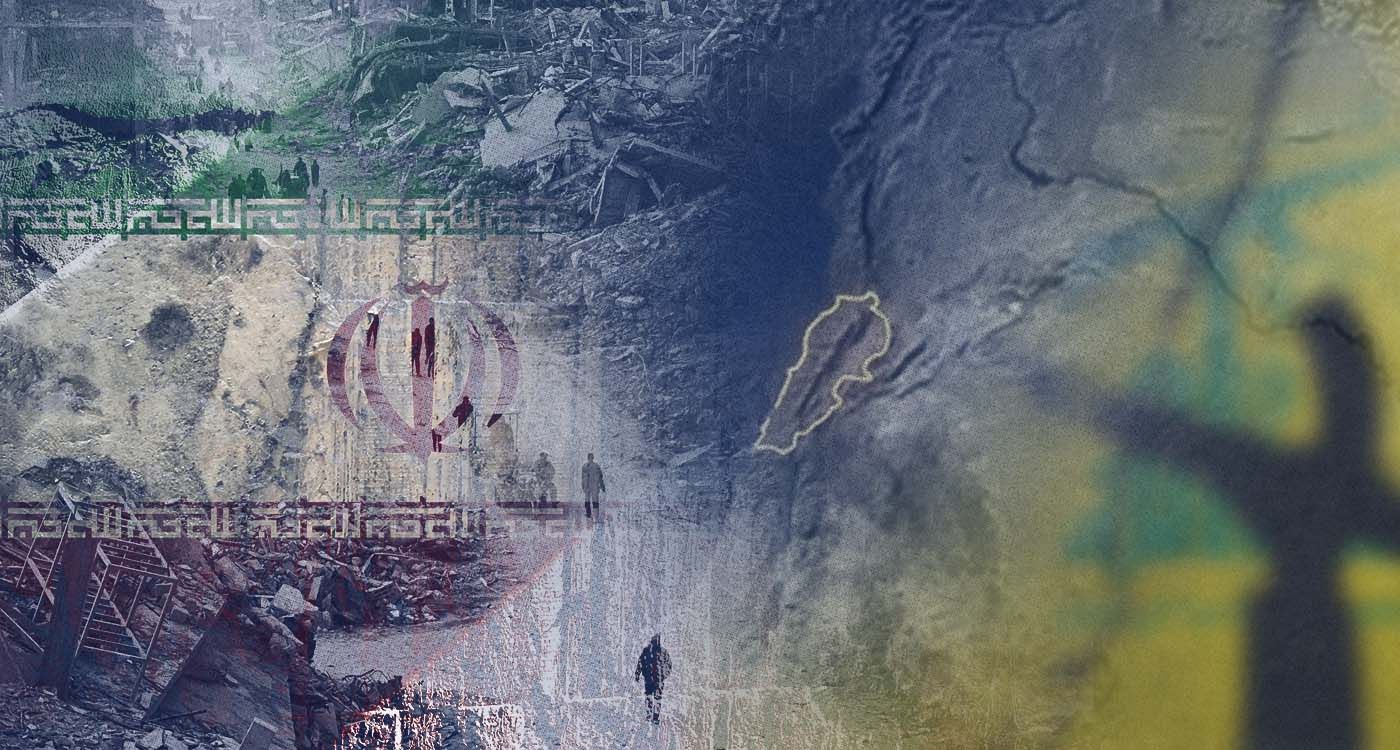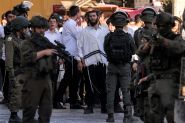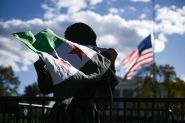- Home
- Middle East
- The Politics of Frozen Conflicts and Their Antidotes

©This is Beirut
Paradoxically enough, the strategic contexts throughout the Middle and Near East extending between Iran and Gaza are in a state of volatility, and none of the security issues at stake have been addressed in a conclusive manner — or were ever meant to be. After the consecutive defeats that have unraveled the strategic and political realms of Iranian power politics, none of these countries have found their way back into political stability, and the regional political order is still swayed by the politics of frozen conflicts carefully managed by Iranian power politics and its nemeses.
Iran is laboring to regain through politics what it lost through war. One wonders whether this state of open-ended conflicts is likely to abate if the ambiguities of the Iranian regime are going to perpetuate endlessly. Undoubtedly, there must be an end to the gyrations of a defeated dictatorship trying to outmaneuver its nemeses and restore back the erstwhile dynamics based on chaos, endogenous instability and ongoing civil wars. Totalitarian regimes have no interest in international normalization and domestic stability, and do whatever they can to undermine both. The various regional scenarios testify to this state of affairs and its endemic features.
The tragic plight of Gaza is quite illustrative of this state of interlocked conflicts whereby Iran tries hard to maintain the open-ended cycles of violence highlighted through the intentional politics of victimization, the human shield strategy and the zero-sum game politics. The latest collapse of negotiations attests to Iran and its Palestinian proxies determination to undermine any diplomatic attempt to end the bloodshed and finish off with the nihilistic turn of events. One wonders whether these continuing combats have any military relevance, and what the purpose is of enduring the excruciating travails of the civilian population.
The manifest goal of this vicious strategy is to instrumentalize the humanitarian tragedies, promote nihilism and its strategic doubles, cater to the Iranian destabilization strategy, fuel the rhetoric of wokeism and its rhizomes and foster the state of regional volatility. The cultivation of violence is self-defining and needs no further qualification to make sense of its unfolding, no matter how devastating the humanitarian consequences and their political outcomes are. Truce agreements have turned awry, and idle diplomacy has led to nowhere. The Gulf terrorist bankrollers should be summoned to an ultimate diplomatic endeavor based on the unconditional liberation of Israeli hostages, the withdrawal of Hamas from the district and the formation of an international governance in agreement with the Israeli government and the Palestinian authority.
The situation in Lebanon is similar, as systemic entropies are eroding the foundations of statehood and nationhood, allowing Iran's Shiite proxies to seize control. The Shiite proxies have outlived their military defeat and are doggedly trying to take back control of the political system, instrumentalize its institutional infrastructures, and usurp its legal fiction to rehabilitate their domination politics and restore their role as the main levers of Iranian power politics in the Near East.
The whole democratic theatrics that have been playing out since the presidential election and the formation of the cabinet turned out to be idle simulations and empty gesticulations towards the restoration of the status quo ante. The so-called constitutional interim equates with the Shiite militancy maneuvering its way back to power through political blackmailing, corruption, fear and the recolonization of public space. The members of the new executive are mere accomplices enrolled voluntarily or involuntarily by Hezbollah and its clones.
Lebanon has lost its political and moral stature and undermined its ability to operate independently. The very fact that the current executive has failed to comply with the international mandates and spends its time justifying its self-defeating politics betrays major inconsistencies, unraveling consensuses and being pliable to Iranian power politics and their competing ilk. One can hardly see a way out of these labyrinthine and circuitous politics unless Hezbollah is finally crushed and the Shiite political mortgages and domination politics are eradicated.
The Syrian context reflects the contradictions of the post-Assad political scene and its ideological and political imbroglios. The transition politics convey the dilemmas of the new political scene: the urgency of reconciliation and reconstruction politics as a prelude to a process of normalization, be it at the internal or international levels. The Assad regime revealed its unwillingness to normalize and engage both objectives. Therefore, the Islamist regime that succeeded is supposed to embrace normalization politics unhesitatingly, especially when the Western democratic community has extended a welcoming hand.
The regime was under trial and had to validate its credentials and narrow the scope of its strategic errors and ideological distortions. The enlisted political and public policy benchmarks have displayed inherent inconsistencies all along a large spectrum of normative and operational discrepancies (oligarchic and discretionary style of governance), egregious human rights violations (pogroms targeting the Alawite and Druze communities, casual terror towards Christians and ambivalence towards Kurds) and a condescending Muslim suprematism. The prevarications of post-war politics unveiled the hidden face of the regime and its inability to deal with its hefty legacy and skewed strategic vision that are hardly reconcilable with the presumed normalization. Therefore, the regime has to undergo a thorough reality check pointing in different directions if it is to tackle Syria’s national security dilemmas and the monumental tasks of reconstruction.
The Yemeni double bind has to undergo a double severance, the one of reconciliation politics and the one of disengaging the Iranian power projections. The inability to deal with the intertwining challenges puts the Houthis on a hazardous course, the one of the ongoing civil war and its multiple instrumentations. This precarious situation demands a multifaceted approach, balancing diplomatic efforts with strategic interventions. Without a clear path forward, the prospects for peace remain bleak, leaving the region vulnerable to further instability and conflict. This severance course is unlikely to take place unless the Iranian power politics are firmly contained and the Houthis’ waywardness is severely curbed. The whole regional dynamic must change if the alternative political courses are to take place.
The unfinished war in Iran is questionable in various regards, including the state of denial that has prevented the regime from acknowledging its defeat and its fallout on its viability and its very status, at both the internal and external ends. The regime is still acting as if the military defeat is transient and likely to be erased forthwith. The abrupt halt of war has neither yielded a negotiating course nor brought the regime into an incremental liberalization and a reformist course. To the contrary, it doubled down on its repression policies, unfolding at the same time when the Israeli and US attacks were destroying its power and nuclear infrastructures.
The annihilation of the Iranian regime has become mandatory; however, there might be reservations towards its perverse effects and unintended consequences. The regional normalization is unlikely to be considered unless the “politics of integrated platforms” devised by Qassem Soleimani is irreversibly buried. In counterpart, the awkward political context in Syria recalls the urgency of doing away with Islamist terrorism and its political modulations and their Shiite corollaries if the dynamics of peace are to take over in the Middle East and its extended geopolitical realms.
Read more




Comments